Ivan Moran has worked in the visual effects for over 20 years. Before joining Framestore, he worked at Animal Logic and Weta Digital. He supervised the effects of many films such as THE SMURFS, THE SECRET LIFE OF WALTER MITTY, DRACULA UNTOLD and THE LEGEND OF TARZAN.
What is your background?
I have been in the VFX industry for over 20 years working in Sydney, Wellington, Amsterdam, London, New York and Montreal after studying photography and mathematics at university in Australia. Working initially as a 3d artist on Prisms & Houdini in Broadcast Design and TVC commercials, I moved into compositing and ultimately into feature films via Flame, Shake and Nuke.
How did you and Framestore got involved on this show?
We were initially approached by Denis Villeneuve and Louis Morin to help devise and execute a new end sequence for the movie.
How was the collaboration with director Denis Villeneuve and VFX Supervisor Louis Morin?
Absolutely fantastic. Both Denis and Louis were collaborative, engaging and truly inspiring. It was a joy and an honour to work with them both. Our respective offices were 10 minutes walk from each other in Montreal so there was almost daily opportunity to collaborate and explore ideas face-to-face with Denis, Louis and editor Joe Walker.
What was their approach and expectations about the visual effects?
The film makers had an animatic of the end sequence featuring the disappearance of the ships in ARRIVAL but they needed a visual language to help tie this in with the subtle and stylish tone of the VFX work being done throughout the rest of the movie.
What are the sequences made by Framestore?
Framestore’s main sequence was the end sequence featuring the ships disappearing from various locations across the globe. In addition we completed some all-CG shots featuring helicopters earlier in the movie.
How did you organize the work at Framestore?
We became involved at the end of the post production schedule so there were severe time constraints. Unlike most traditional VFX feature film pipelines I knew that meant we had to run far more parallel on this project. After devising and then researching a method for the ships disappearance that I thought would be suitable, I tasked our internal Framestore Art Department with concepting the idea whilst another small team looked after the ingestion and look dev matching of the spaceship assets. At the same time we had a small team of effects artists running various simulation tests and our lighting and compositing team testing looks. This first development stage was crucial and would form the creative foundation to the execution of the shots a little later.
Can you explain in detail about the spaceships creation?
We were supplied a model and textures from Oblique for the spaceship asset as well as renders in various lighting environments and at various distances. As much of our shading at Framestore relies on in-house proprietary tools we needed to build our own shaders to match the lighting environments supplied by Oblique. We had a small team specifically technically cross-checking between our renders and Oblique’s to ensure parity so we were confident we could render ships that would match Oblique’s approved look.
How did you manage the scale challenge?
The spaceships are immense, almost 1500ft long yet devoid of any recognisable surface features that we could use to sell scale such as windows or external architecture. In addition our shots were mostly looking up at the ships in the sky so we couldn’t use relative scale cues like having a ship next to a mountain or a car. The key to retaining a sense of the ship’s immense size was two-fold. Firstly, having multiple frequencies in our highly complex cloud simulations just like real clouds. If our cloud detail was all very tiny or all very large it would make the ship feel like a miniature, you need many frequencies and speeds to retain size. The second was speed, or more importantly the lack of it. Everything, including all simulations and the animation of the ships themselves needed to be as slow as possible. I originally mastered a test shot that ran almost to 30 seconds which was the perfect speed as you couldn’t quite tell what was happening which made it very mysterious. Almost the entire length is in the movie actually.
What was the brief from Denis Villeneuve and Louis Morin for the disappearance effect?
The brief was to design a way of having the ships disappear that left the audience with distinct emotions. At this point in the film Louise Banks hasn’t quite solved the riddle of the alien’s language. As we observe the ships leaving, Denis wanted the audience to feel a little melancholic at their departure, yet uplifted and awe-inspired at the sight. Denis and Louis were clear they didn’t want the effect to feel magical or arbitrary, it had to feel somewhat grounded in reality and relatable. We don’t need to know how it is happening this way but we don’t question that it is.
Can you explain in details about the creation of this effect?
Working as a compositor for many years I knew the most effective way to have something disappear without it feeling like a simple transparency dissolve is to either break the image up or cover it with something else. Or preferably both. In the case of a 1500ft long spaceship that is both ovoid and almost black that would be no small feat. I started trying to imagine how a ship of that size would disturb the atmosphere around it as it lifted upwards and the closest analogy I could think of was large passenger airliners. I recalled a recent Atlantic flight I had taken and how I’d seen the wings suddenly become shrouded in fog as we came into land and so I began researching what is termed “the condensation effect” in aircraft. As large aircraft take off or land the angle of attack of their wings produces a sharp drop in air pressure and consequently temperature (as the two are directly proportional due to Amontons’s Law of Pressure-Temperature) and the moisture in the air instantly condenses around the wings and in some cases can completely envelop them. I also noticed that the condensation effect was accompanied by severe distortion in my research that wasn’t heat haze but rather a particular type of complex low-temperature atmospheric distortion called a Fata Morgana which also appears over polar regions. It suddenly made sense that as the enormous spaceships were tilting upwards they were shaped almost like a wing themselves and thus could conceivably produce a condensation effect and atmospheric distortion large enough to completely envelop them. From a compositing standpoint I now had my solution to the ships disappearance: I could essentially break the image up and cover it with something else and produce an extremely complex yet subtle effect. The final trick was making the effect as slow as possible so as both to retain scale and deceive the viewer. As you are watching the ships disappear it happens slowly enough that you can’t quite tell what is happening which is key to it feeling realistic.
How did you manage the render and layers for this effect?
To achieve enough complexity in the frequency of the condensation effect covering the ship, we ran 4 to 5 extremely high resolution fluid simulations in Maya per shot and combined them with compositing. Each simulation was also run at 48fps which was key to keeping everything feeling enormous and powerful. Due to the time constraints we always planned for multiple passes to be combined in comp rather than aiming for one perfect simulation per shot.
Each ship is flying over a different environment. How did you created these various places?
Framestore received either plates or digital matte painting work from other companies for all the backgrounds for our disappearance shots. Each shot featured different skies from completely overcast to completely cloudless so we devised slightly different looks for our simulations and renders depending on the weather conditions. If the sky was clear for example, the simulations we ran were more cirrus-based. In the sunset plates we could take advantage of some beautiful key lighting of the condensation effect as it began to envelop the ship.
What do you keep from this experience?
Working on ARRIVAL was a truly wonderful experience. We were so fortunate to be able to contribute such a unique and masterful movie.
How long have you worked on this film?
8-10 weeks in total.
How many shots have you done?
We completed 9 shots for the movie, but one is almost 30 seconds long.
What was the size of your team?
33.
What is your next project?
It’s a secret. Isn’t it always? 🙂
What are the four movies that gave you the passion for cinema?
THE EMPIRE STRIKES BACK (1980)
The bad guys win. I am still shocked every time I watch it that someone could be so bold as to make that call in a movie. Pure genius. Coupled with the fact that I had nightmares for almost a decade afterwards about Darth appearing in front of me in that Dagobah cave, during which of course my lightsaber never worked.
RAIDERS OF THE LOST ARK (1981)
My perfect movie. I can always determine my enjoyment of a movie by how quickly I can consume popcorn. I was lost in pure enjoyment when I watched it for the first time and feel like a kid again every time I watch it now. When the bad guys’ faces melt at the end: my oh my as a child that freaked me out!
ALIEN (1979)
Hardly anyone says anything and with that thing coming towards you, frankly, they don’t need to. Superlative visuals, superlative idea. Family friends took me to see this when I was 6 at a drive-in when they were babysitting and we left before the end because we were all so traumatised. Brilliant.
TOTAL RECALL (1990)
This deserves a special mention because I had just graduated from university when I saw it. At that time I was travelling and applying for PhD programs in robotics in various countries thinking this was what I was going to do as a career. Every single time I turned on a television in a hotel room Total Recall was playing. I mean every time. I still chuckle when it pops up now, I must have seen it, I don’t know, at least a hundred times, perhaps more? It was starting to freak me out but then I started to try and work out how each scene was done, what was practical, what was animatronics, what was using computers? Would they have used a set for that bit and then somehow patched in a computer graphics bit over there (I didn’t know the terminology then of course)? It kept so insistently turning up that I felt like someone was trying to tell me something, that working in movies on “the special effects-y bits” was my true calling. The rest is history and it is to this day the only movie I know every word to.
A big thanks for your time.
// WANT TO KNOW MORE?
– Framestore: Dedicated page about ARRIVAL on Framestore website.
© Vincent Frei – The Art of VFX – 2016


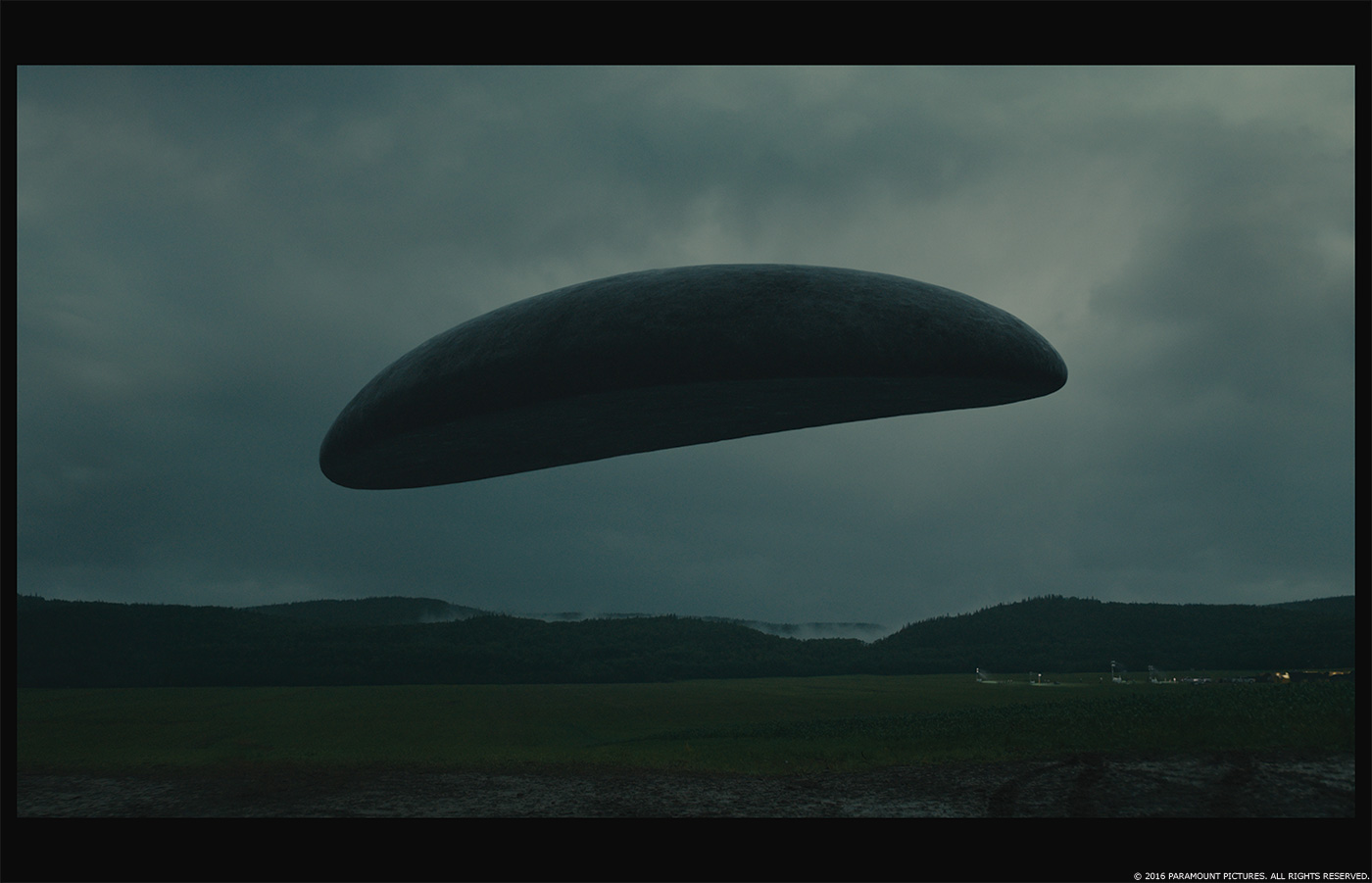
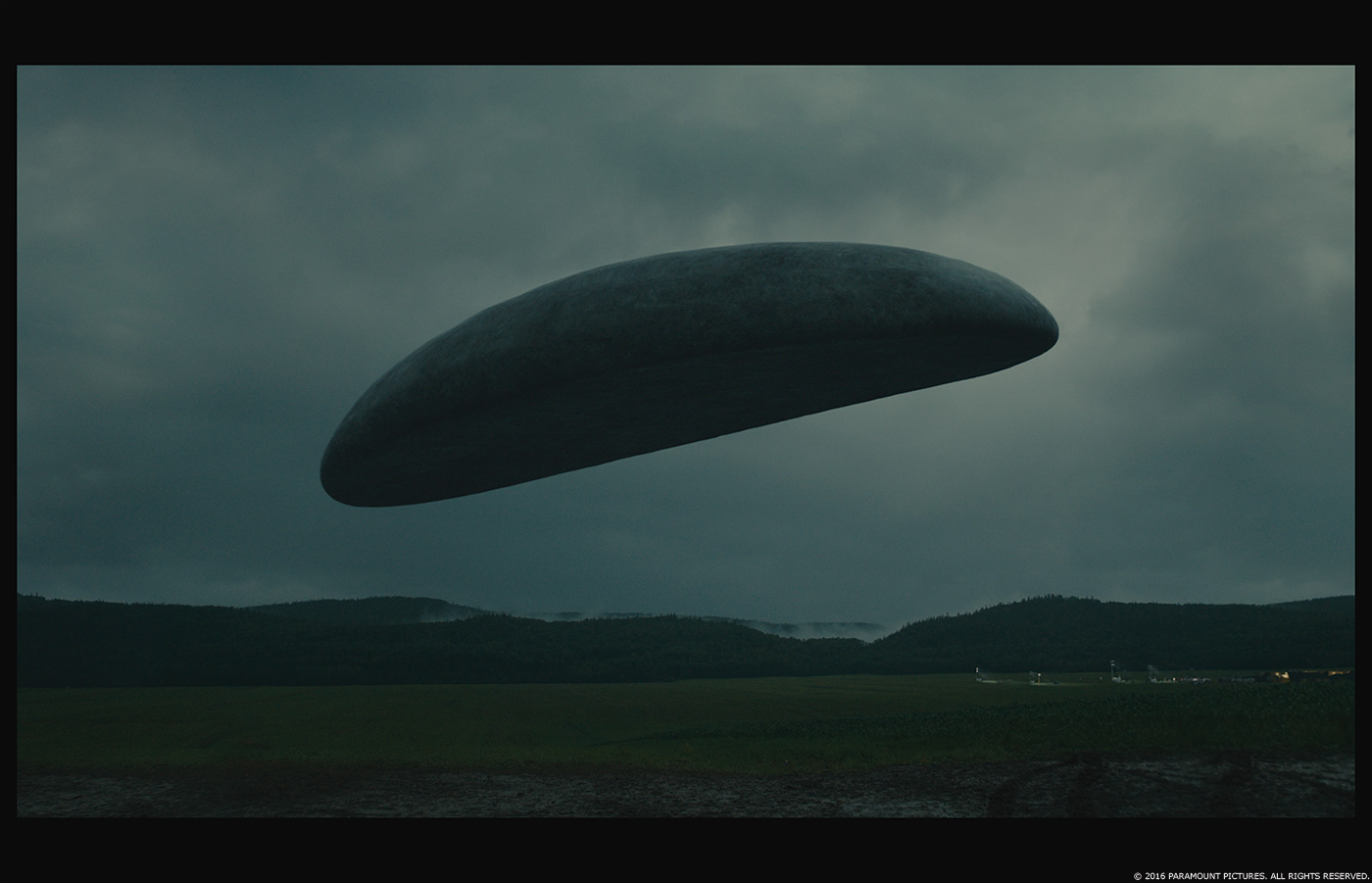


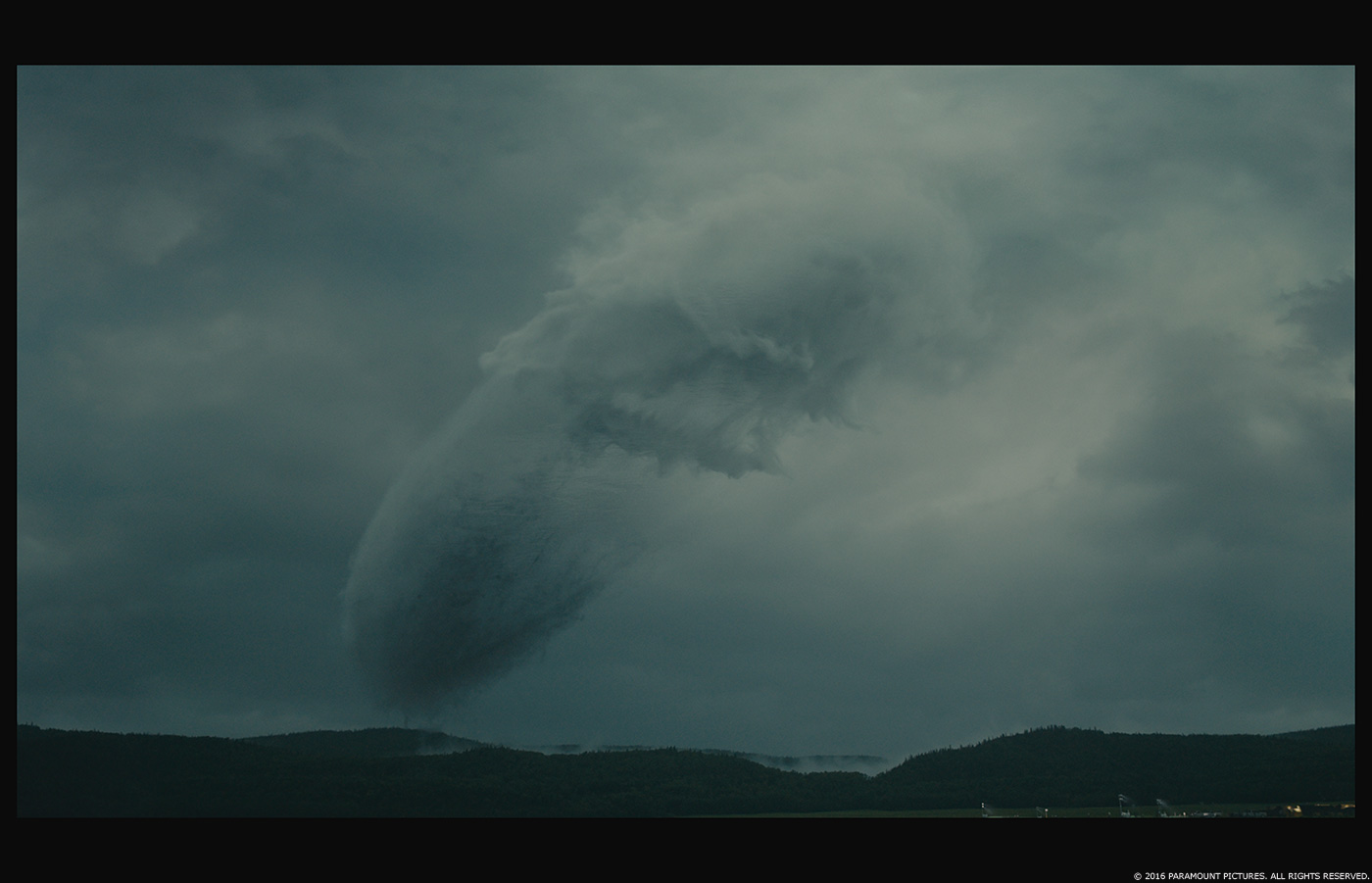
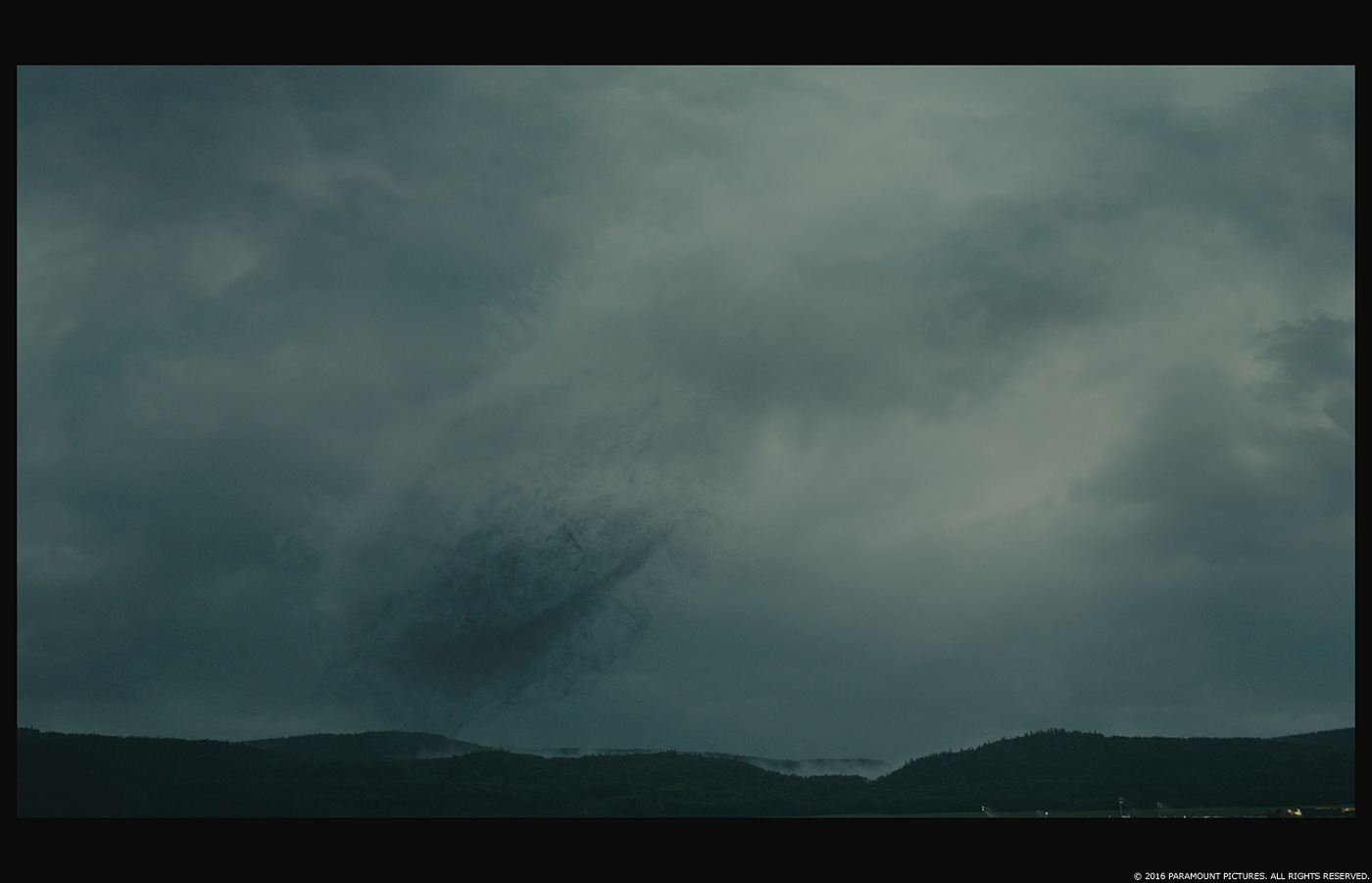
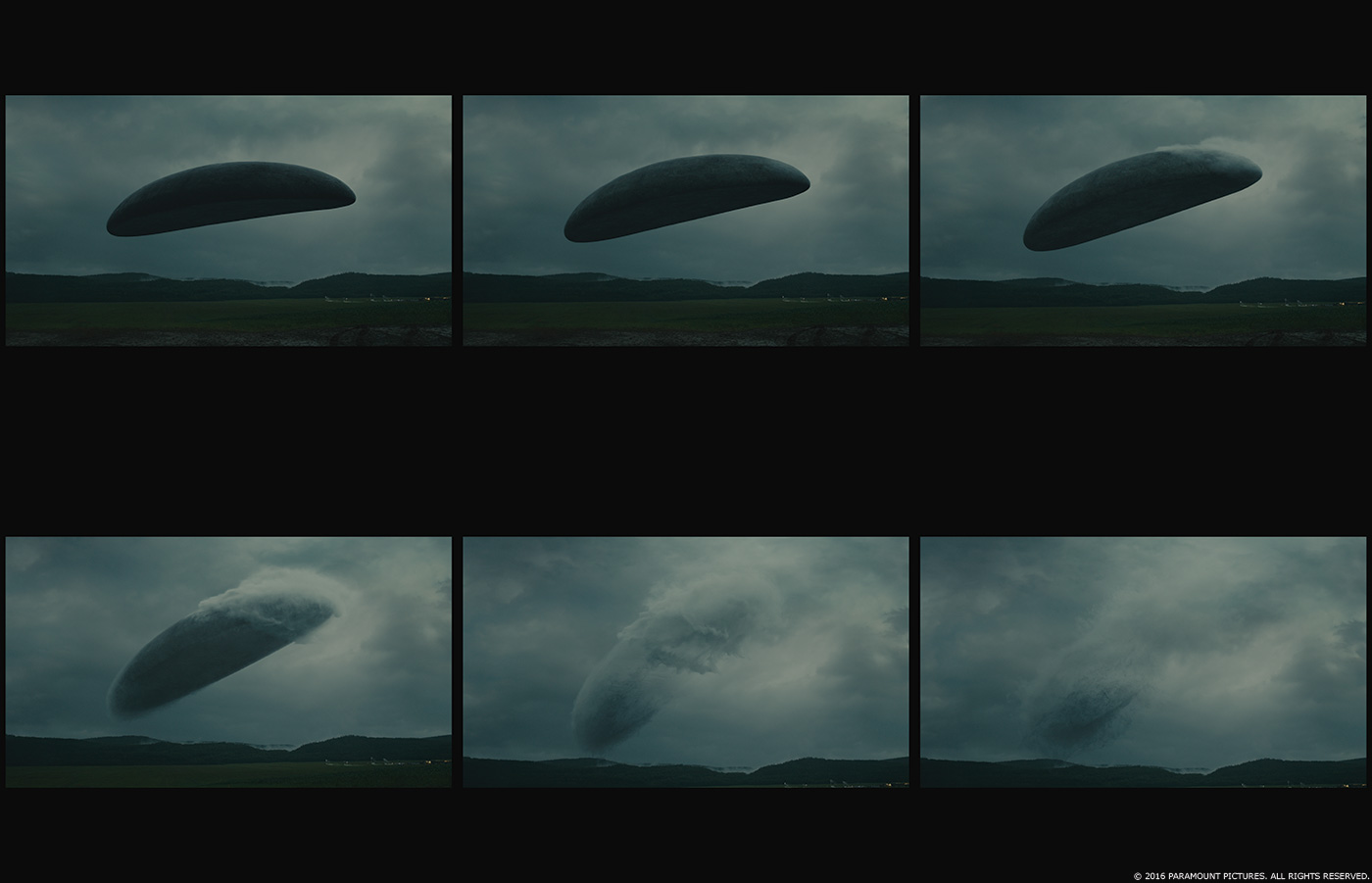





Exceptional top marks Ivan.